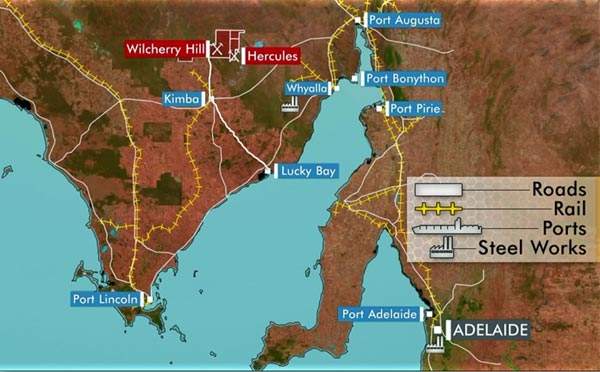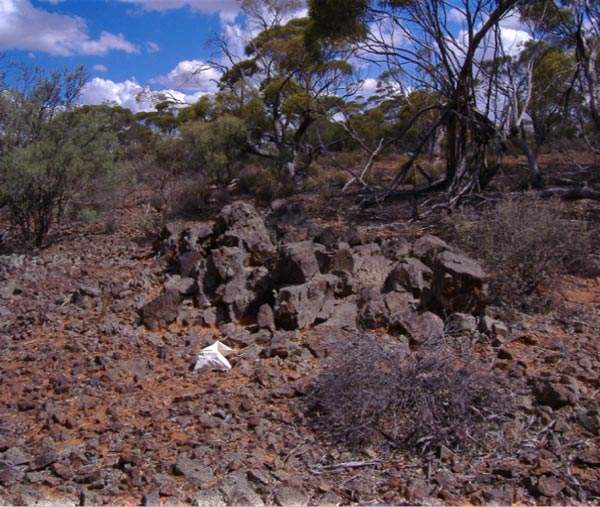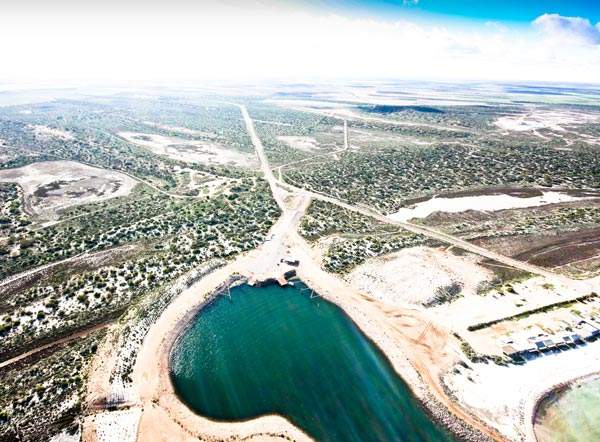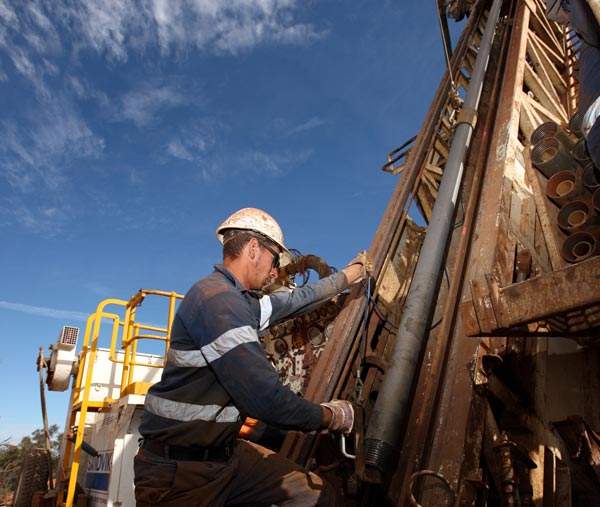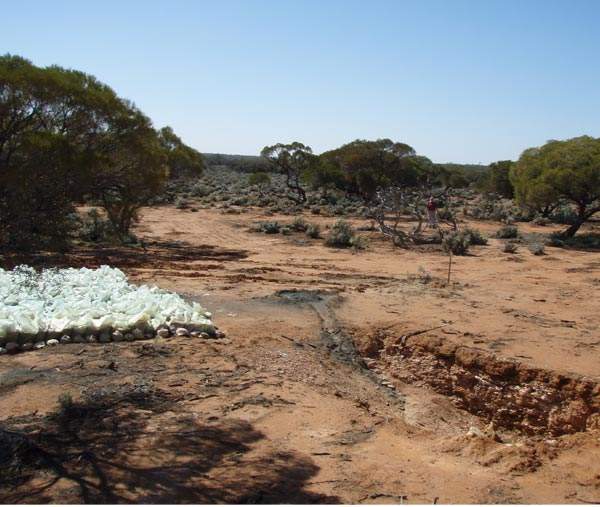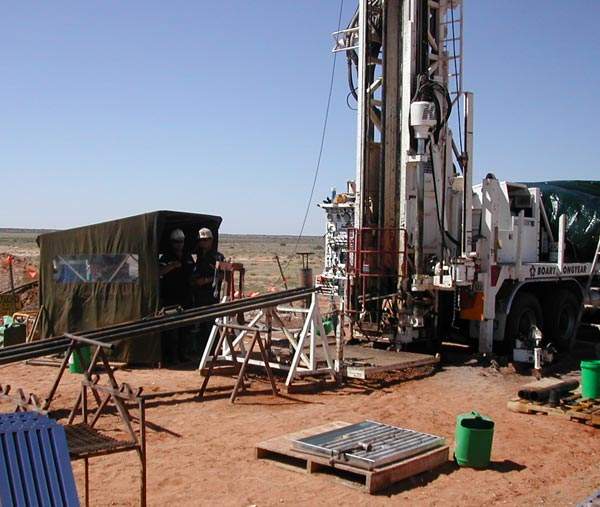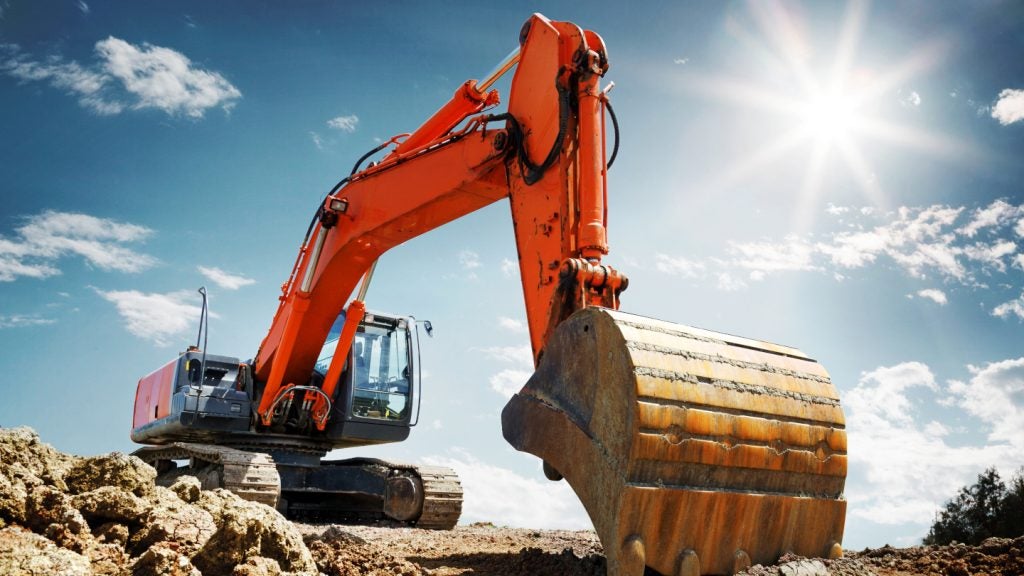Wilcherry Hill iron ore project is located on the Eyre Peninsula in Southern Australia. IronClad Mining and Trafford Resources are developing the project through an 80:20 joint venture.
Drilling activities at Wilcherry have confirmed the mine has potential to produce high quality ore at low cost. The project was approved by the Australian Government in October 2011.
IronClad commenced pre-production drilling at the mine in March 2012. First shipment of ore is expected in the second quarter of 2012.
IronClad signed an agreement with Singapore-based OMS Materials in September 2010 to sell the production of the first two years. The initial premium quality ore will be supplied to Chinese steelmakers.
Geology and reserves of the low cost, high quality iron ore deposit
Wilcherry is part of the Gawler Craton area, which hosts folded and faulted sedimentary rock units and granites of the Archaean to Mesoproterozoic age. The main prospects of the mine include Weednanna, Weednanna North and Ultima Dam East.
Iron ore deposits at the mine include coarse crystalline magnetite. The deposits have very low silica content, which will enable low cost and efficient production of iron ore concentrates. It is estimated that 70% Fe with very low impurities will be recovered from the deposits.
The mine is estimated to contain indicated and inferred resources of 69.3mt grading at 25.9% Fe.
Mineralisation and mining of the Southern Australian iron ore project
Mineral deposits at Wilcherry are the result of skarn mineralisation formed by the intrusion of Hiltaba Suite granites. Skarn mineralisation led to the formation of coarsely crystalline magnetite contained in soft carbonate host rock.
Metallurgical tests conducted at the mine have identified that premium grade direct shipping ore (DSO) can be recovered initially. A simple crushing, screening and magnetic separation process will be used to process the ore, enabling low cost initial production.
The project is planned to be developed in three stages. The first stage will include recovery of DSO resources to produce one million tons per annum (mtpa) during the first year. The production will be ramped up to two million tons in the second year.
The second stage will include recovery of sub-DSO coarse grain resources at the rate of 5mtpa. Stage three will include commissioning of the floating harbour and IronClad’s Hercules prospect located 15km east of Wilcherry.
Mining is planned to be carried out through six open cut pits. A mining village will be built at Kimba by Ausco Modular to accommodate a maximum of 80 people.
Ore processing methods used at Eyre Peninsula’s Wilcherry Hill
Recovered ore will be processed at the crushing and screening plant. The plant includes a conventional two-stage crushing and screening process.
High-grade ore will be stockpiled at the run of mine (ROM) pad. Front-end loaders will feed the ore into the tipping bin of the plant which includes a static grizzly. The grizzly will separate the ore into undersize and oversize. A mobile rock break will break any oversized ore during this stage.
The ore is then passed through a primary single toggle jaw crusher, which will produce a 173mm product. The crushed ore is loaded onto a conveyor which includes metal detectors to detect the presence of tramp iron.
The crushed ore is then passed through two vibrating feeders and two double deck banana vibrating feeders. It is further passed onto a secondary cone crusher and then onto a dry magnetic separation feed bin. The processed ore is discharged onto a crushed ore conveyor ready for transport.
Unique transport and handling concept at IronClad’s Wilcherry Hill project
Wilcherry includes a unique floating harbour concept for transportation of ore, which has attracted international attention.
IronClad initially planned to transport processed ore by road to Whyalla, from where it would to be transported via rail to the Port of Adelaide. From the port the ore would be transferred by ships. This plan was later revised to the floating harbour concept.
In the floating harbour concept recovered ore will be transported by road to Lucky Bay on Spencer Gulf. It will then be loaded onto barges for transporting to the floating harbour located five to ten kilometres offshore. The ore will then be loaded onto cape-sized vessels docked near the floating facility and exported.
The new concept will reduce the transportation distance from 540km to 154km. It includes a floating facility featuring ore stockpiling and docking facilities. The facility will be permanently anchored and will be able to handle 150,000t vessels.
IronClad signed an agreement with Sea Transport Corporation to develop the shipping port and floating facility. The shipping port is being developed in two stages. First stage includes transportation of ore by road in containers to the shipping port.
At the port, the ore will be loaded onto barges and towed by a tug to Panamax vessels equipped with cranes and dust suppression systems. The containers will be lifted by cranes and emptied onto the holding facility of Panamax vessels and exported.
This system will be replaced by feeder barges and the floating harbour with an increase in production.

